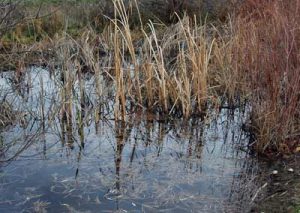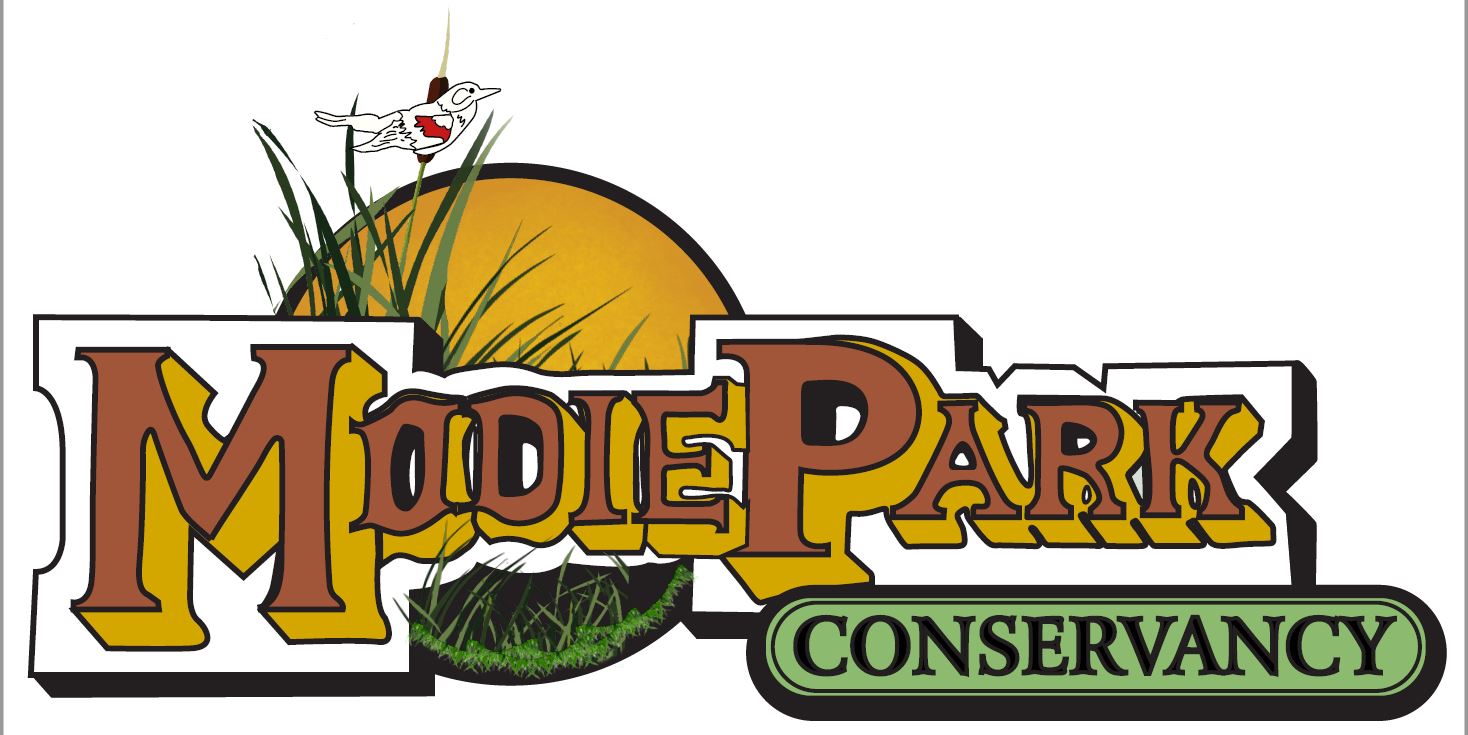 Wetland
Wetland
Wetlands are a major component of Ruth Rowell Modie Wildlife Park
Water from a spring outside the southern boundary of the park flows north, into the park, through a series of cattail filled ponds. Water leaves the park by percolating through alluvial sand and cobbles deposited by the Bonneville Flood into the aquifer.
Wetlands are not wastelands
Wetlands and adjacent riparian zones provide many benefits to the environment:
- Wetlands act like natural sponges, slowing the force of storm water, by storing it during a storm slowly releasing it a storm event. This reduces erosion down stream and allows sediments in runoff to settle purifying the water.
- Wetland sediments and organisms that live in wetlands trap, breakdown or absorb undesirable nutrients. Over 90% of the phosphorus and nitrogen draining from the surrounding watershed can be removed from the water passing through a wetland.
- Filtering action of wetlands traps and absorbs harmful bacteria. Because wetlands are full of life, they are home to a very complex food chain. Birds and reptiles and amphibians feed on insects which, in turn, feed on the various microbes and bacteria.
- Wetlands provide valuable open space and create opportunities for bird watching and photography.

